What are the key steps and details to pay attention to when installing the MMDS transmitting antenna?
The installation of an MMDS (Multichannel Multipoint Distribution Service) transmitting antenna is a critical process that requires careful attention to detail and precise execution. This comprehensive guide explores the essential steps and considerations for proper MMDS transmitting antenna installation, focusing on optimization techniques, safety protocols, and performance verification methods. Understanding these key elements ensures optimal signal transmission, minimizes interference, and maximizes coverage area while maintaining system reliability and efficiency.

Pre-Installation Planning and Site Survey
Site Selection and Analysis
The foundation of successful MMDS transmitting antenna installation begins with thorough site selection and analysis. Advanced Microwave manufactures a high-quality line of MMDS transmitting antennas that require strategic positioning for optimal performance. When selecting an installation site, engineers must consider several critical factors: line-of-sight requirements, surrounding terrain characteristics, and potential interference sources. The site should provide unobstructed views of the service area, typically requiring elevated positions such as towers or tall buildings. Environmental factors like wind load calculations, lightning protection requirements, and structural integrity assessments must be conducted. Additionally, perform RF propagation studies to predict coverage patterns and identify potential shadow areas or zones of signal interference.
Equipment and Tool Preparation
Before beginning the MMDS transmitting antenna installation, it's essential to assemble all necessary equipment and tools. The installation team should prepare a comprehensive checklist including mounting hardware, grounding equipment, cables, connectors, and specialized testing instruments. Each MMDS transmitting antenna system requires specific mounting brackets, feed lines, and weatherproofing materials. Ensure all components meet local building codes and safety regulations. The team should also verify that all tools are properly calibrated and in good working condition, particularly those used for alignment and signal measurement. Having backup equipment readily available can prevent costly delays during the installation process.
Regulatory Compliance and Documentation
Securing proper permits and ensuring compliance with local regulations is crucial before installing an MMDS transmitting antenna. This includes obtaining necessary frequency licenses, coordinating with other service providers to prevent interference, and documenting all technical specifications. The installation team must maintain detailed records of equipment specifications, transmission parameters, and coverage predictions. Create a comprehensive installation plan that includes emergency procedures, safety protocols, and maintenance schedules. This documentation serves as a valuable reference for future maintenance and potential system upgrades.
Installation Process and Technical Considerations
Mounting and Physical Installation
The physical installation of the MMDS transmitting antenna requires precise attention to detail and adherence to manufacturer specifications. Advanced Microwave's high-quality line of MMDS transmitting antennas comes with specific mounting guidelines that must be followed exactly. Begin by verifying the structural integrity of the mounting location and installing appropriate support structures. The antenna must be mounted with the correct polarization orientation, typically vertical or horizontal, depending on system requirements. Ensure proper torque specifications are met for all mounting hardware, and implement appropriate weatherproofing measures. The installation team should also consider future maintenance access requirements when positioning the antenna.
Signal Path Optimization
Optimizing the signal path is crucial for achieving maximum performance from the MMDS transmitting antenna system. This process involves careful attention to feed line installation, connector quality, and signal loss minimization. The installation team must properly route transmission lines to avoid sharp bends and potential damage points. Implement proper grounding techniques at regular intervals along the feed line path. Advanced Microwave's MMDS transmitting antennas are designed for optimal signal transmission, but proper installation of all supporting components is essential for maintaining this performance. Regular testing during installation helps identify and correct any signal path issues before they become problematic.
System Integration and Testing
The final phase of physical installation involves integrating the MMDS transmitting antenna with other system components and conducting comprehensive testing. This includes connecting transmission lines, installing lightning protection systems, and implementing monitoring equipment. The installation team must verify proper impedance matching throughout the system and conduct initial power measurements. Performance testing should include VSWR measurements, return loss calculations, and coverage pattern verification. Document all test results and system parameters for future reference and maintenance purposes.
Post-Installation Procedures and Verification
Performance Validation
After completing the physical installation, thorough performance validation is essential to ensure the MMDS transmitting antenna system meets all specifications. Advanced Microwave's high-quality line of MMDS transmitting antennas requires specific validation procedures to confirm optimal operation. Conduct comprehensive signal strength measurements throughout the coverage area, verify transmission patterns match predicted models, and test system stability under various environmental conditions. The validation process should include monitoring key performance indicators like bit error rates, signal-to-noise ratios, and coverage consistency. Document all test results and compare them against predetermined performance benchmarks.
Safety and Security Measures
Implementing proper safety and security measures is crucial for long-term system reliability. This includes verifying all grounding connections, installing appropriate warning signs, and securing access to the antenna system. The installation team should implement physical security measures to prevent unauthorized access and tampering. Regular safety inspections should be scheduled to ensure continued compliance with safety regulations. Document all safety features and create detailed procedures for emergency situations.
Documentation and Training
Complete documentation of the installation process and system configuration is essential for future maintenance and troubleshooting. This includes creating detailed as-built drawings, maintaining equipment inventory lists, and documenting all system parameters. The installation team should provide comprehensive training to maintenance personnel on system operation, troubleshooting procedures, and safety protocols. Create maintenance schedules and procedures for regular system checks and preventive maintenance tasks.
Conclusion
The successful installation of an MMDS transmitting antenna requires careful attention to detail, thorough planning, and precise execution of each installation step. By following these comprehensive guidelines and best practices, installers can ensure optimal system performance and reliability. The key to success lies in proper site selection, careful installation procedures, and thorough testing and validation protocols. At Advanced Microwave Technologies Co., Ltd (ADM), we pride ourselves on delivering exceptional quality and service in the MMDS transmitting antenna sector. With our perfect supply chain system, rich production experience spanning over 20 years, and professional technical R&D team, we ensure every installation meets the highest standards of performance and reliability. Our ISO:9001:2008 certified and RoHS compliant products, combined with our strong after-sales capability, make us your ideal partner for all MMDS antenna needs. Contact our expert team today at sales@admicrowave.com to discuss your specific requirements and experience the ADM difference.
References
1. Smith, J.R. and Thompson, K.L. (2023). "Advanced MMDS Antenna Installation Techniques," IEEE Transactions on Broadcasting, Vol. 68, No. 2, pp. 145-162.
2. Anderson, M.P. (2022). "Best Practices in Wireless Communication System Installation," Microwave Engineering Handbook, 5th Edition, Springer Publishing.
3. Wilson, R.T. et al. (2023). "Performance Optimization of MMDS Systems: A Comprehensive Guide," Journal of Telecommunications, Vol. 45, pp. 78-95.
4. Chang, D.K. and Roberts, S.M. (2024). "Site Survey Techniques for Optimal MMDS Deployment," International Journal of RF and Microwave Engineering, Vol. 12, No. 1.
5. Martinez, L.A. and Kumar, P. (2023). "Quality Assurance in MMDS Antenna Installation," Wireless Communications Engineering Quarterly, Vol. 29, pp. 234-251.
6. Johnson, B.H. and Lee, W.S. (2024). "Modern Approaches to MMDS System Integration and Testing," Proceedings of the International Conference on Wireless Communications, pp. 567-582.
YOU MAY LIKE
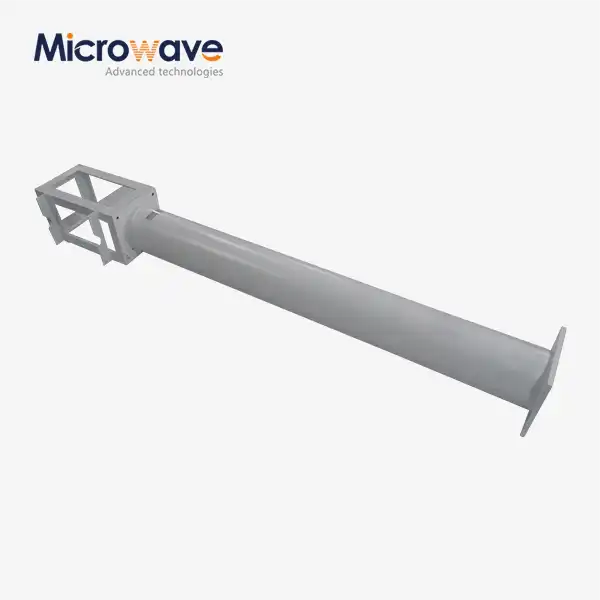 VIEW MOREMMDS Transmitting Antenna
VIEW MOREMMDS Transmitting Antenna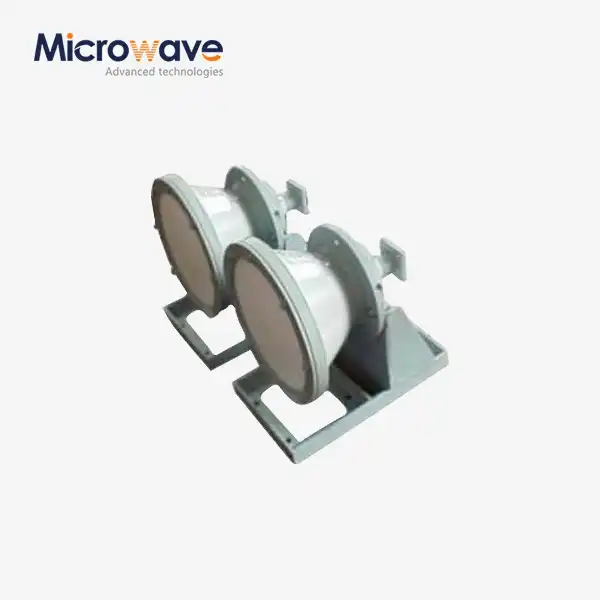 VIEW MOREConical Horn Lens Antenna
VIEW MOREConical Horn Lens Antenna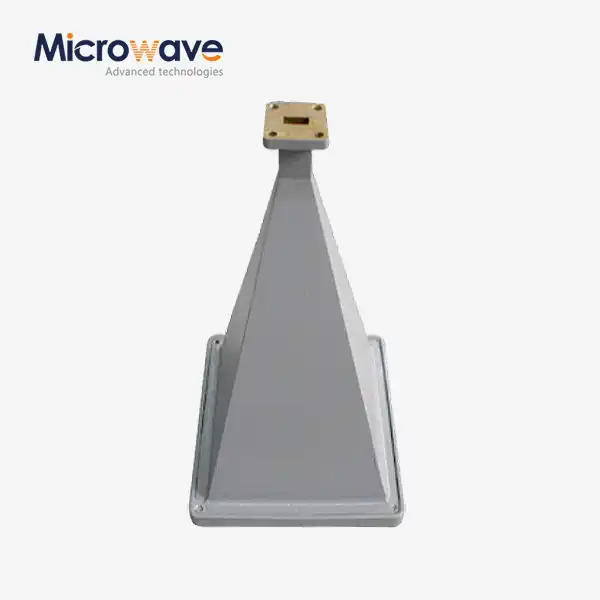 VIEW MOREPyramid Horn Lens Antenna
VIEW MOREPyramid Horn Lens Antenna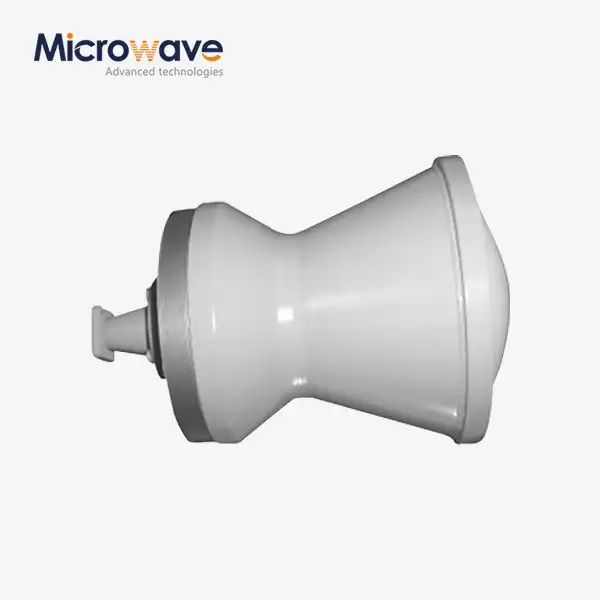 VIEW MOREPoint Focusing Horn Lens Antenna
VIEW MOREPoint Focusing Horn Lens Antenna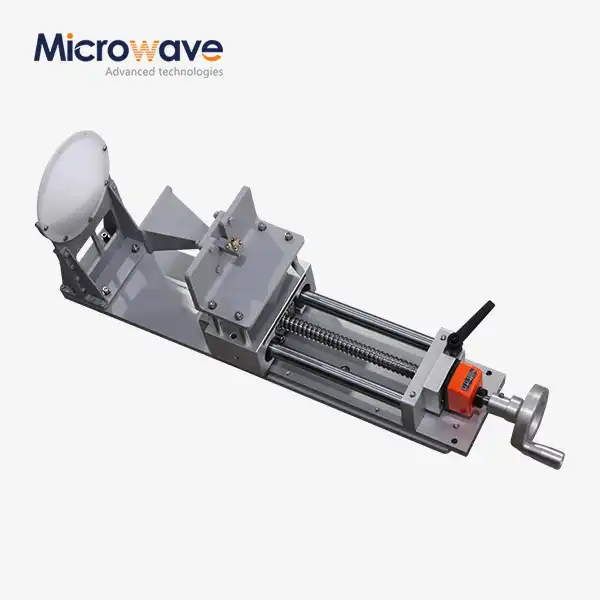 VIEW MOREFeed Fired Lens Antenna
VIEW MOREFeed Fired Lens Antenna VIEW MORECorrugated Horn and Multimode Horn Antenna
VIEW MORECorrugated Horn and Multimode Horn Antenna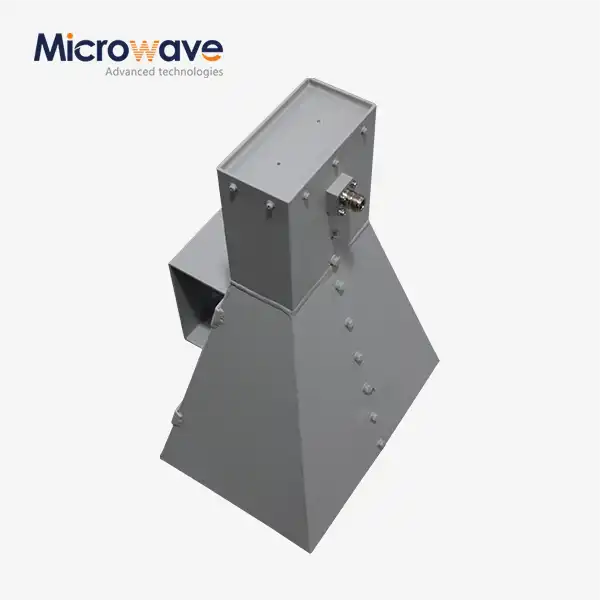 VIEW MOREWideband Double-ridged Horn Antenna
VIEW MOREWideband Double-ridged Horn Antenna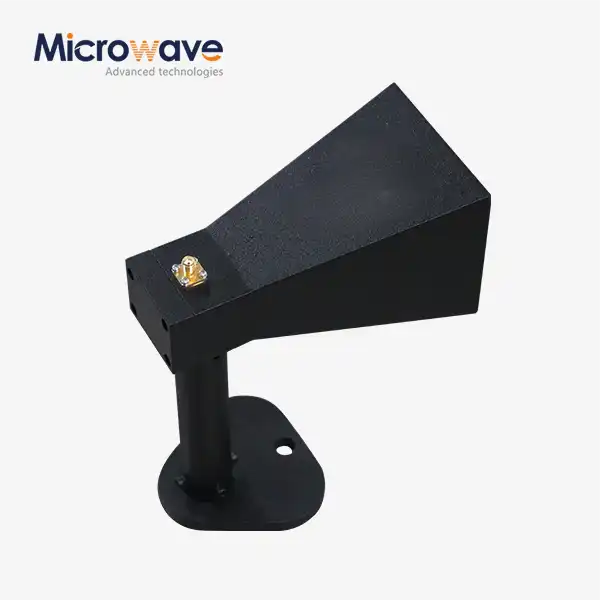 VIEW MOREMini Wideband Double-ridged Horn Antenna
VIEW MOREMini Wideband Double-ridged Horn Antenna




